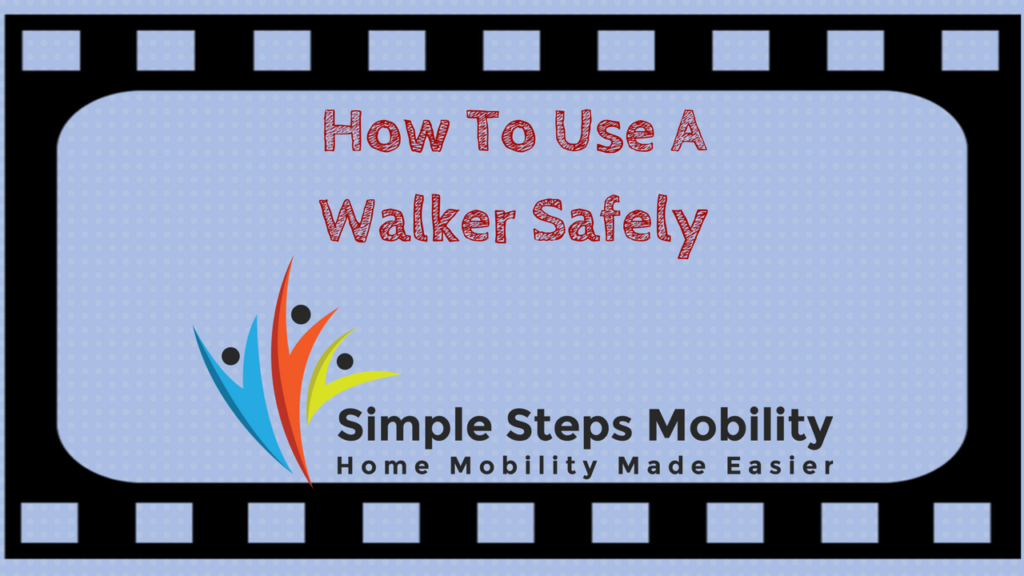Using a Walker Safely In Simple Steps
1. The walker must be adjusted to the proper height
2. Stand so that you’re not too far into the walker
3. Now, push the walker forward about a step length
4. Advance the sore/weak/operated leg step ahead with your toes landing in center of the walker
5. Now, using your arms, support your bodyweight on your straightened arms
6. Step forward with the other foot
7. Repeat steps 3-6
A walker needs to be at the proper height to give the person using it optimal leverage and support. If its too low, you won’t be able to stand up straight and walk normally.
When the walker handles are too high, you won’t be able to use your arms to hold up your body weight. This will affect the way you walk.
To adjust properly, stand straight up in the walker and adjust it so the handles are level with your wrists. This usually works best for most people.
Now that you have the height adjusted, its time to talk about positioning to safely use a walker.
Don’t Stand “Inside” The Walker
It’s a misconception to think you have to stand “inside” the walker to use it correctly. You don’t. This position puts your hands at your sides and makes it hard for you to support your body weight.
Its better to have the walker slightly in front of you when you’re standing up straight. This is the best positioning of the walker and makes sure the person’s hands will always be in front of their hips.
Whether at rest and standing straight, or when walking, having the hands in front of the hips will give a person the best support.
When teaching people to use a walker there is a “cadence call” that physical therapists use that goes sort of like this:
Safe Use of a Walker in Simple Steps
“Walker. Sore/bad/weak leg. Good leg. Walker. Sore/bad/weak leg. Good leg.”
This is also called “sequencing”.
Keeping the above sequence in mind, with your toes resting in the center of the imaginary square/retangle made by the walker’s 4 legs, push the walker forward about a step length.
Step forward first with your sore or weak leg. Step so that your toes come to rest in the center of the imaginary square/retangle again.
Its important to start out with the weaker or injured leg first because you can use your arms better to help with support.
At this time, support your bodyweight with your arms using them, plus your weak leg to support the weight of your body while you step forward with your other foot.
You simple repeat these steps to get from one point to another.
The video below gives you an example of how some people use a walker.
Remembering this along with the importance of proper walker height and walker positioning, are simple steps to using a walker safely.

